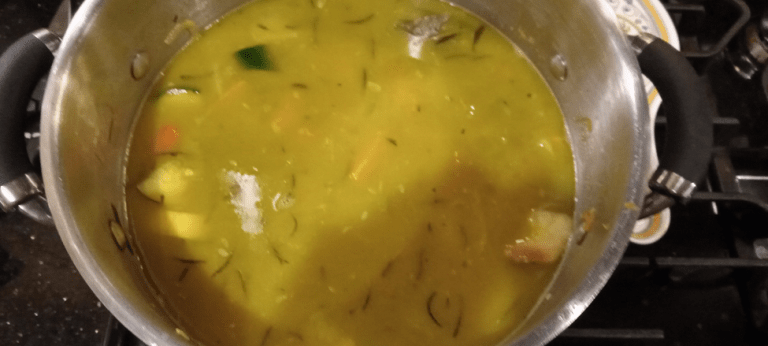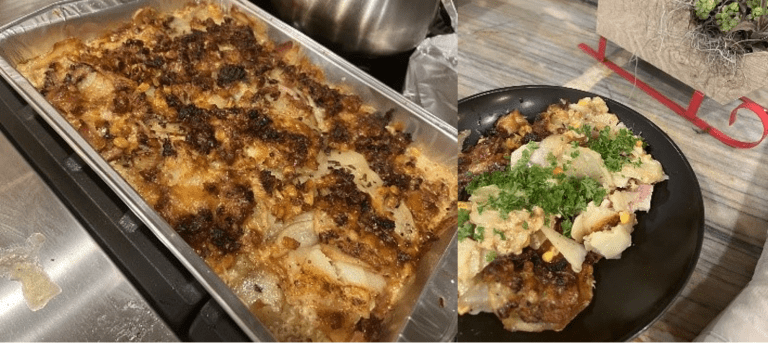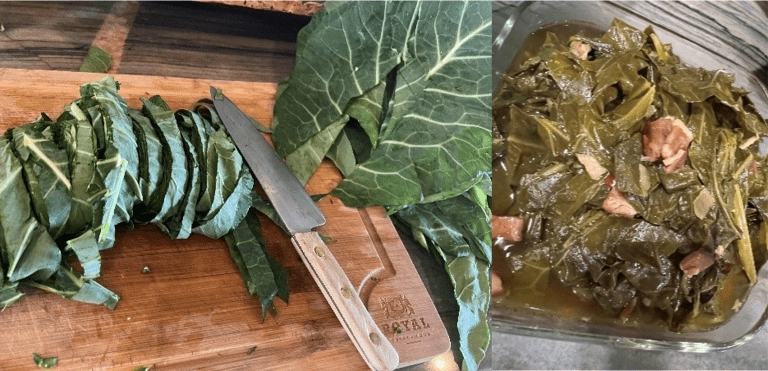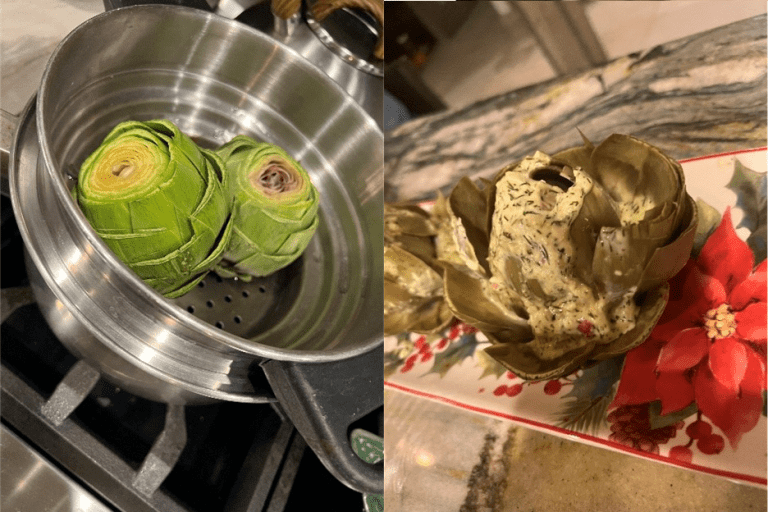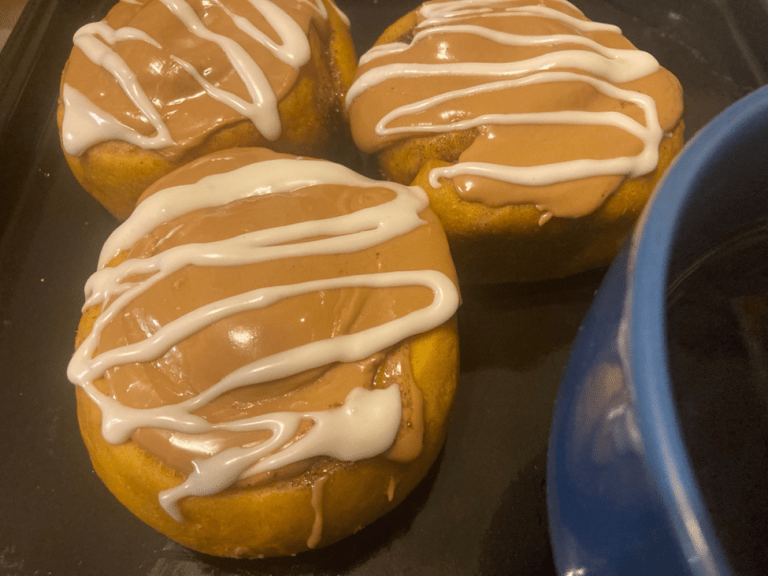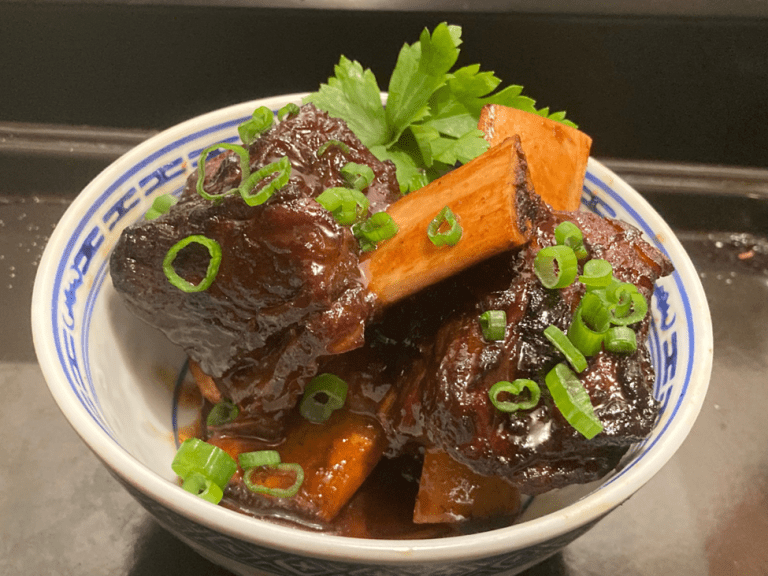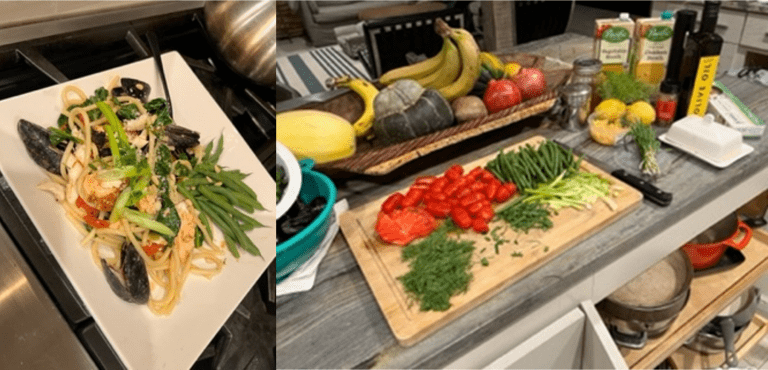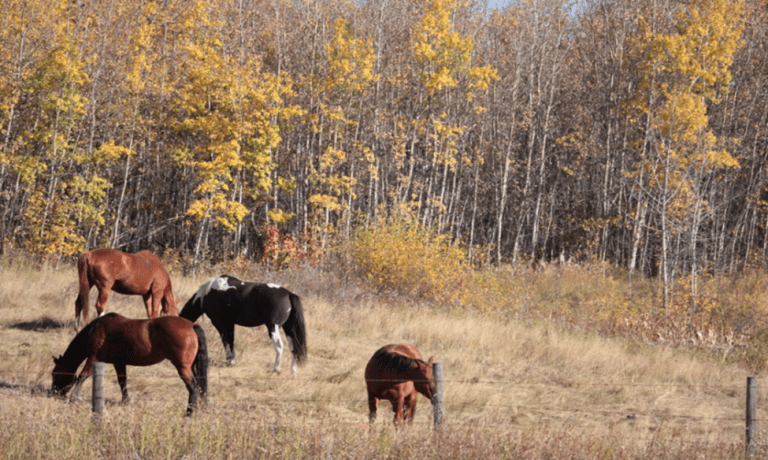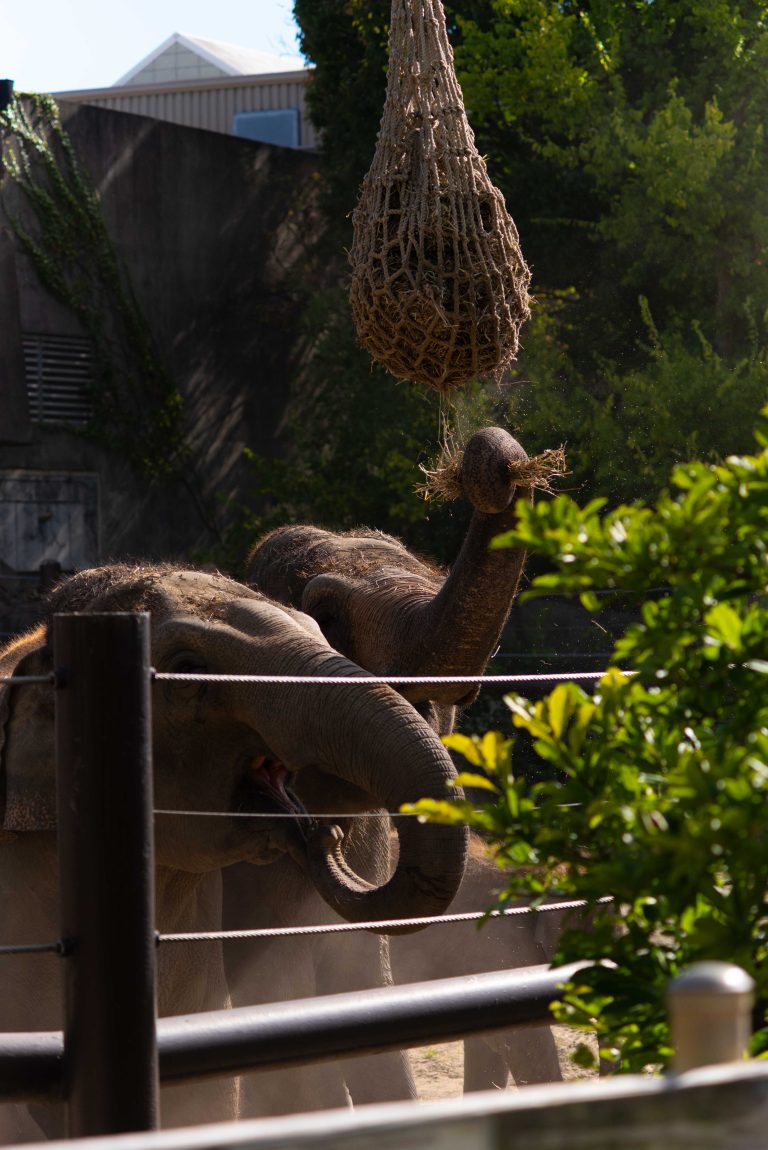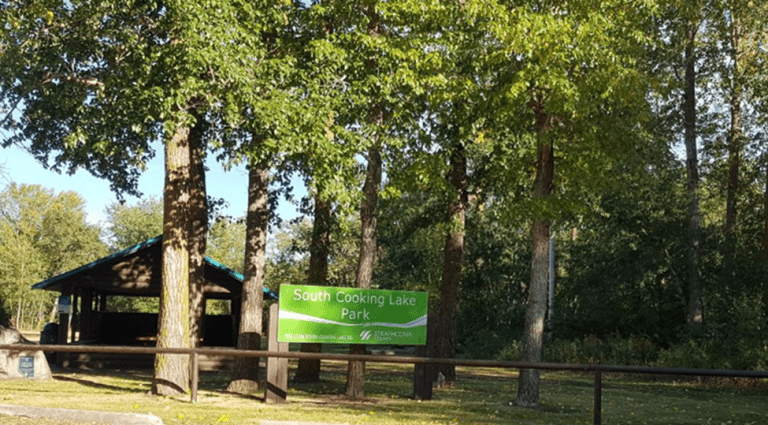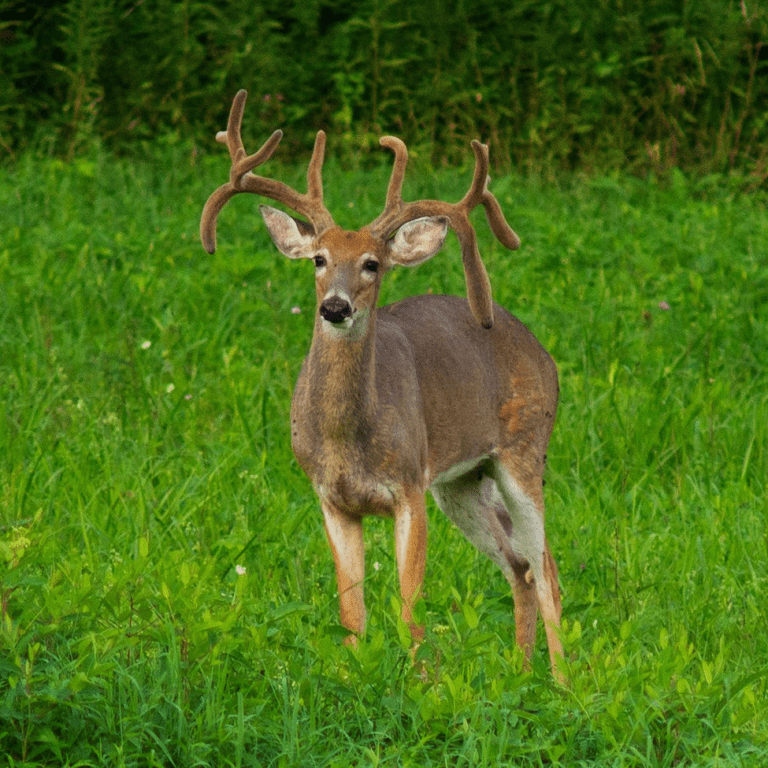- The Northern Polar frigid air and low-pressure air streams surge southward towards the United States.
- When rapid or steep freezing cold temperatures hit your vegetation growing zone, there are numerous effects as shown by these snake plants.
- Tips to the Proactive Gardener: building an insulated vertical frame or layer around each plant with tall stakes in the ground a few inches apart from the plant or move indoors or into a green house.
- Once the temperature reaches 32 degrees, remove the cold protection coverings when the sun is shining brightly.
- Be patient with your plants to witness their outcome and do not prune until the warm weather has arrived!


With the continued erratic weather affecting the globe and, in the United States, proactive actions are essential for protecting your home’s landscaping. Offering an overview of considerations to become an educated gardener because plants are systems, too!
Preventative measures:
- Be a weather watcher and trust the Farmer’s Almanac or your local area weather person to become aware of a pending “Perfect storm for severe plant damage.”
- Rapid, steep temperature drop (40°+ change!).
- Continuous number of days, temperatures are in the low mid-teens, temperatures and not reaching above 35°F.
- Sustained winds over 5mph with gusts up to 20mph.
- These conditions will cause severe plant damage!
- Build an insulated cover for your plant or move delicate plants indoors or a green house.
Water
- Before a freeze is expected to arrive in your community, it is best to water the plants thoroughly because wet soil retains warmth better than dry soil.
- Additional option, using warm water-filled gallon containers placed around the base or underneath the wrapped bush, shrub, or tree.

Temperature
- When selecting plants for your home, check the zone temperature of your region to determine the heartiness of your plants.
- Lower than 40 degrees will cause severe harm to tropical plants.
- In most cases, 36 degrees will not hurt cold-hardy plants.
- When temperatures are below 32 degrees, they will affect any fruit bearing bush or tree and if possible, pick the fruit.
Soil/Fertilizer
- Confirm the moisture in all the potted plants to ensure moisture is adequate, especially if they are brought into the home. The heating system will dehydrate the plants and spray misting is advisable.
- Apply pine straw, mulch, or hay to insulate the plants to retain heat and moisture and protect the root system.
- Fill gallon water containers with warm to hot water and place on the mulch which will provide additional protection from the cold.
Pests
- First carefully check for insects and spiders before placing potted plants into your home.
Plant options for cold areas: Hearty plants able to withstand very cold temperatures: camellia bushes, sweet tea olive shrubs, Michelle Figo banana smelling evergreen shrub, Belmont gardenias, or Yaupon holly bushes.

























